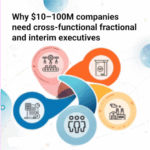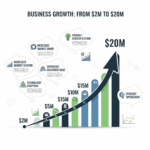Operations and Fractional COO Consulting
I bring Fortune 500 experience to help small and mid-sized companies improve profitability through operations and process improvements.
I recognize that small to mid-market companies possess untapped potential their markets, but often lack the know-how and resources to capitalize on these opportunities. As an interim or fractional COO consultant, I empower these companies to maintain their current trajectory while benefiting from best practices and knowhow from Fortune 500 companies.
My approach accelerates growth and opens new markets without disrupting existing business processes. I focus on creating streamlined solutions that enhance manufacturing, distribution and sales, including D2C, D2B, 3PL and e-commerce platforms. Together, we unlock new avenues for growth and success.
As an interim or fractional COO consultant, I step into companies to unlock clarity, accelerate execution, and drive results—without the overhead of a full-time hire. I provide hands-on support to CEOs and Founders to run and scale their business – from aligning teams and streamlining processes to making smarter decisions, faster and implementing LEAN manufacturing.
These posts offer practical insights and real-world strategies drawn from years of hands-on experience across CPG, food and beverage, and high-growth startups. Think of it as your behind-the-scenes look at how successful businesses actually get built.













